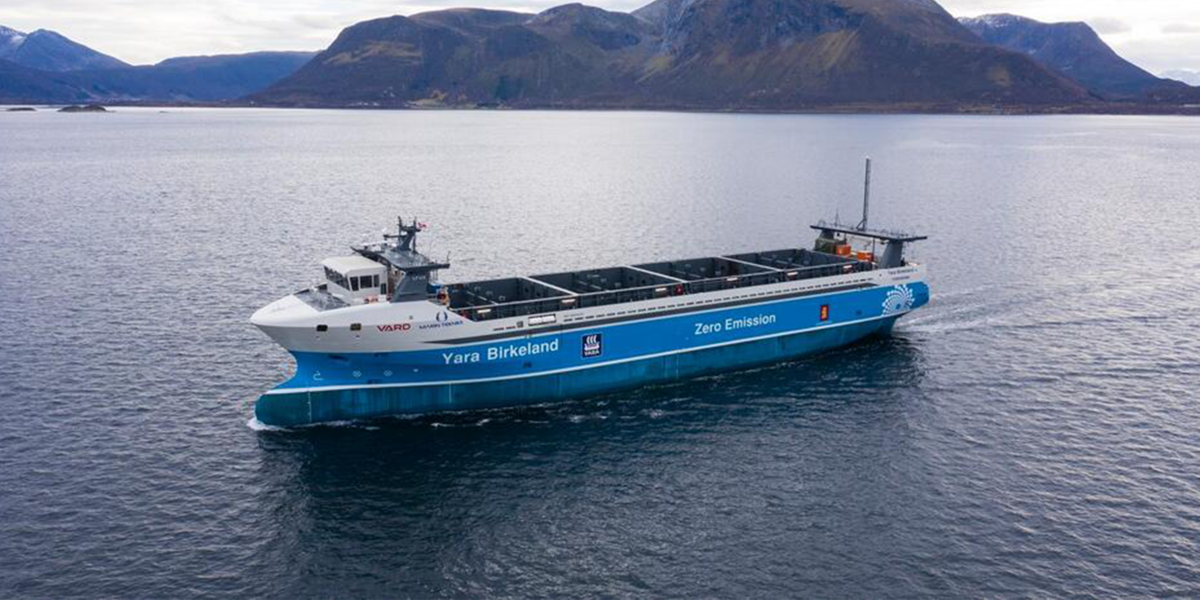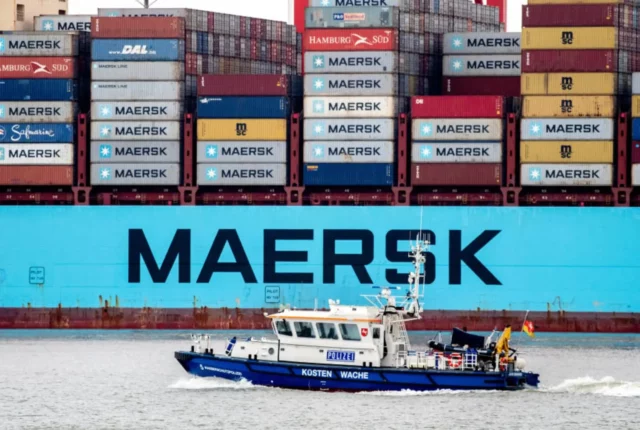
Green Projects: Implementing Sustainable Practices in Project Logistics
In today’s dynamic business landscape, sustainability has become a key consideration in various industries, and project logistics is no exception. The growing awareness of environmental issues has led to a paradigm shift in how businesses approach their operations. This article explores the significance of implementing sustainable practices in project logistics and the numerous benefits it brings to both the environment and the bottom line.
Understanding Green Projects
Green projects, in the context of project logistics, involve incorporating eco-friendly and sustainable practices into every stage of a project’s lifecycle. This includes planning, execution, and the eventual delivery of goods or services. The principles underlying green projects prioritize environmental conservation, resource efficiency, and social responsibility.
Benefits of Implementing Sustainable Practices
Environmental Impact
One of the primary benefits of adopting green practices in logistics is the positive impact on the environment. Reduced carbon emissions, waste reduction, and responsible resource management contribute to a healthier planet.
Cost Savings
Contrary to common misconceptions, implementing sustainable practices often leads to cost savings in the long run. Energy-efficient processes, waste reduction strategies, and optimized transportation can significantly lower operational costs.
Challenges in Adopting Green Practices
Initial Investment
While the long-term benefits are evident, the initial investment required to transition to sustainable project logistics can be a hurdle for some organizations. However, understanding the return on investment is crucial in making informed decisions.
Resistance to Change
Resistance to change is a common challenge when introducing sustainable practices. Employees and stakeholders may be hesitant due to unfamiliarity or concerns about disruptions. Clear communication and education play a vital role in overcoming this resistance.
Key Components of a Green Project
Eco-Friendly Transportation
Choosing energy-efficient and low-emission transportation options is a fundamental aspect of green project logistics. From electric vehicles, hydrogen-powered vessels to optimized shipping routes, companies have various options to reduce their carbon footprint.
Waste Reduction Strategies
Minimizing waste generation and promoting recycling initiatives are essential components of sustainable projects. Companies can implement circular economy principles to maximize resource utilization.
Renewable Energy Utilization
The adoption of renewable energy sources, such as solar or wind power, is a significant step towards sustainability in project logistics. Utilizing clean energy helps reduce reliance on fossil fuels.
Steps to Implement Sustainable Practices
Conducting an Environmental Impact Assessment
Before implementing green practices, organizations should conduct a thorough environmental impact assessment. This involves analyzing the current state of operations and identifying areas for improvement.
Setting Achievable Sustainability Goals
Establishing clear and achievable sustainability goals is crucial for success. These goals serve as benchmarks for progress and guide the organization towards a more sustainable future.
Technology’s Role in Green Logistics
Innovative Solutions for Efficiency
Technological advancements play a pivotal role in making project logistics more sustainable. Innovations such as IoT-enabled tracking devices and data analytics contribute to operational efficiency.
Tracking and Monitoring Tools
Real-time tracking and monitoring tools help organizations measure their environmental impact accurately. This data-driven approach allows for informed decision-making and continuous improvement.
Collaboration and Partnerships
Building a Network of Sustainable Suppliers
Collaborating with suppliers committed to sustainable practices creates a domino effect throughout the supply chain. Establishing partnerships with like-minded organizations enhances the overall impact of green projects.
Engaging with Local Communities
Incorporating the perspectives and needs of local communities fosters a sense of shared responsibility. This community-centric approach ensures that sustainable projects have a positive impact beyond organizational boundaries.
Training and Education
Empowering Employees with Sustainability Knowledge
Providing training programs and resources on sustainability empowers employees to actively contribute to green initiatives. An informed workforce is more likely to embrace and champion sustainable practices.
Continuous Improvement Programs
Implementing continuous improvement programs ensures that sustainable practices evolve with changing circumstances. Regular evaluations and adjustments enhance the effectiveness of green project logistics.
Measuring and Reporting
Establishing Metrics for Success
Measuring the success of sustainable practices requires establishing clear metrics. These metrics can include carbon footprint reduction, waste diversion rates, and energy efficiency improvements.
Transparent Reporting for Stakeholders
Transparency in reporting is crucial for gaining the trust of stakeholders. Clear and honest communication about sustainability efforts enhances the organization’s reputation and accountability.
Future Trends in Green Project Logistics
Emerging Technologies
The future of green project logistics lies in embracing emerging technologies. From autonomous vehicles to blockchain for supply chain transparency, staying abreast of technological advancements is crucial.
Regulatory Changes
Anticipating and adapting to regulatory changes is essential for sustainable project logistics. Governments worldwide are increasingly implementing regulations to promote eco-friendly practices, impacting how businesses operate.
Conclusion
In conclusion, implementing sustainable practices in project logistics is not just a responsibility but also a strategic advantage. Embracing green projects contributes to environmental well-being, generates cost savings, and positions organizations as leaders in corporate responsibility.
FAQs
Are green projects only for large corporations?
No, businesses of all sizes can implement sustainable practices in their project logistics.
How can technology improve the sustainability of project logistics?
Technology enables efficient tracking, monitoring, and optimization of logistics processes, reducing environmental impact.
What challenges do companies face when transitioning to green project logistics?
Challenges include initial investment costs, resistance to change, and the need for continuous improvement.
Can sustainable practices really lead to cost savings?
Yes, energy-efficient processes, waste reduction, and optimized transportation can result in significant cost savings over time.





